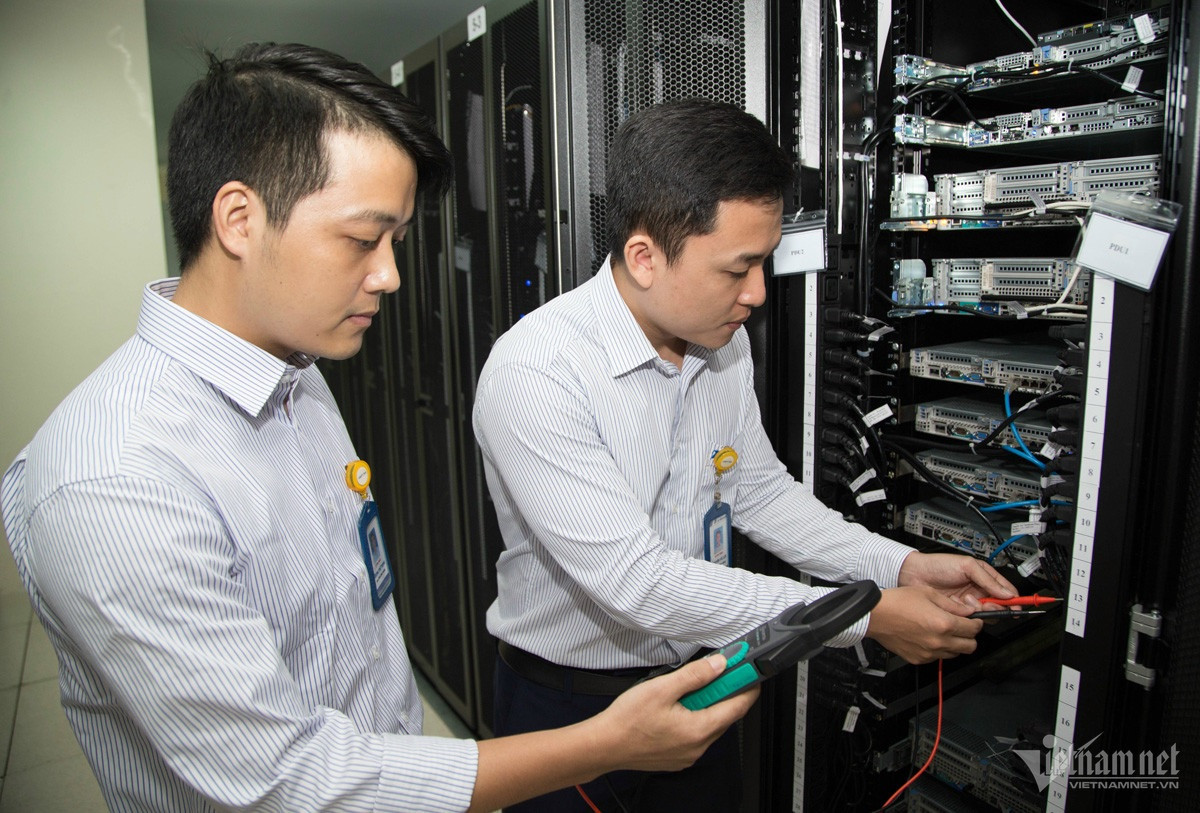
As of now, the international Internet connection from Vietnam via the Intra Asia (IA) undersea cable has been fully restored. The international partners are expected to complete repairs on the APG and AAE-1 cables by October.
Two international undersea cables still facing issues
In addition to the two terrestrial cable routes connecting to Hong Kong (China) and Singapore with a total capacity of 5 Tbps, Vietnam’s international Internet connection is currently served by five undersea cable routes with a total used capacity of over 20 Tbps and available capacity of 34 Tbps. These routes include the Asia America Gateway (AAG), Asia Pacific Gateway (APG), SEA-ME-WE3 (SMW3), Intra Asia (IA), and Asia-Africa-Euro 1 (AAE-1).
Earlier this year, three of the five undersea cables used by Vietnamese telecom operators experienced service disruptions, specifically on March 15, May 23, and June 13, causing interruptions in international services.
The APG cable faced issues on four branches (S1.9, S3, S8, and S9), while the AAE-1 cable had faults on two branches (S1H3 and S1H5). The IA cable also encountered problems on its S1 and S5 branches.
During this period, despite the fact that three out of five undersea cables were down, telecom operators managed to reroute capacity through alternative cables to maintain service quality. However, some FTTH broadband users experienced slow international connection speeds during peak hours.
An ISP representative in Vietnam provided an update on the repair efforts for the three affected undersea cables on October 2.
According to the representative, the IA cable has now been fully restored, with repairs on the S1 and S5 branches completed in mid-July and late September, respectively.
Regarding the APG cable, the issues on branches S3, S8, and S9 were resolved between early May and late August. The final repair on branch S1.9, located near the landing station in Malaysia, is expected to be completed in the first week of October.
Similarly, part of the international Internet capacity on the AAE-1 cable has been restored following the repair of branch S1H3 towards Hong Kong (China) on September 23. However, the source leakage on branch S1H5 will not be fully repaired until October 26.
With these ongoing repair efforts, it is anticipated that Vietnam’s entire international Internet capacity will be fully restored by October 2024.
Positioning Vietnam as a regional leader in undersea cables
According to the Department of Telecommunications (Ministry of Information and Communications), on average, Vietnamese Internet service providers experience around 15 undersea cable incidents per year. Repair times before 2022 ranged from 1 to 2 months per incident, but since 2022, this has increased to 1 to 3 months per incident.
There have been instances where all five undersea cables in use were down, leading to a 60% reduction in Vietnam’s international Internet capacity for nearly two months.
Recognizing the critical importance of undersea cables for future infrastructure investment, on June 14, the Ministry of Information and Communications issued the "Strategy for the Development of Vietnam’s International Undersea Cable System to 2030, with a Vision to 2035."
This strategy aims to position Vietnam among the regional leaders in international undersea cable systems. Specific targets include the introduction of at least 10 new undersea cable routes with modern technology, increasing Vietnam’s total undersea cable capacity to at least 15 routes with a minimum capacity of 350 Tbps — approximately ten times the current capacity. The strategy also calls for at least two undersea cable routes owned by Vietnam, directly connecting to regional Digital Hubs.
State-owned enterprises to lead undersea cable deployment
In the next decade, Vietnam’s undersea cable system will be distributed across all technically feasible routes, including connections to the East Sea towards the north, the East Sea towards the south, and the southern seas.
In an interview with VietNamNet regarding the strategy’s implementation, Vu The Binh, Vice President and General Secretary of the Vietnam Internet Association (VIA), praised the strategy’s vision, objectives, and solutions for Vietnam’s international undersea cable system in the next 5-10 years.
“The strategy provides valuable information for multinational companies, major domestic and regional telecom operators, and other stakeholders in Vietnam’s Internet ecosystem. Similar to the construction of highways, building undersea cables is costly and time-consuming, so having a clear strategy will guide the implementation process,” Binh noted.
According to the Department of Telecommunications, two new undersea cable routes, SJC2 and ADC, in which Vietnamese enterprises have invested, are expected to come online by Q1 2025. Preparations for the deployment of Vietnam’s first domestically-owned undersea cable are also underway.
Van Anh